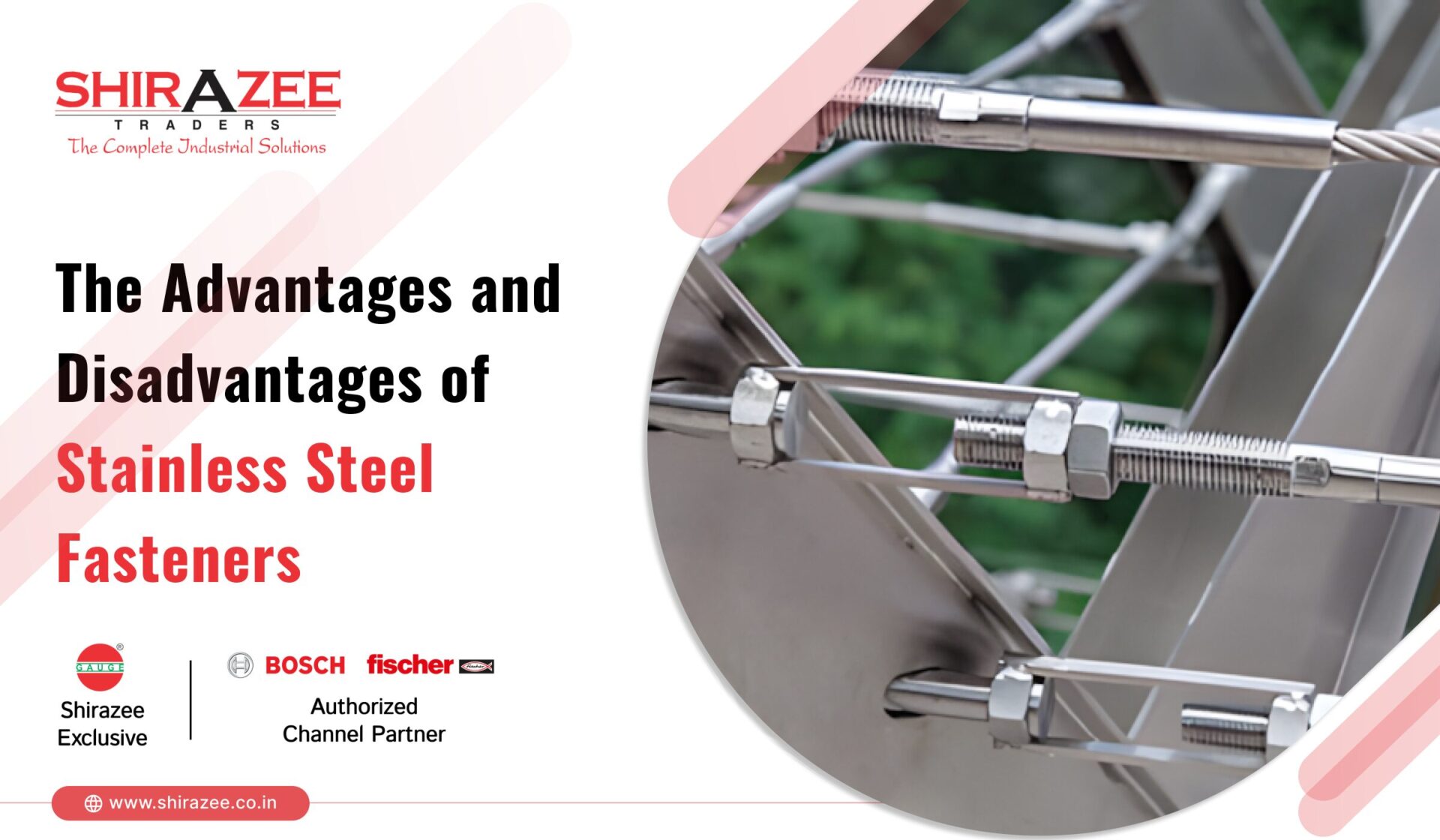
We all look forward to the chance to open our windows and let in some fresh air as the seasons change and the weather gets warmer. However, when bothersome insects intrude into our homes, this happiness can rapidly change to frustration. The installation of bug screens on your windows is the answer to this issue. We’ll go over what insect screens are in this extensive guide, along with step-by-step directions for installing them on windows so you can take advantage of the benefits of fresh air without having to deal with intruders.
Understanding Insect Screens
What Are Insect Screens?
Installed above windows and doors, insect screens—also called fly screens or window screens—are protective barriers composed of wire or mesh. Their main function is to keep tiny animals and insects out of your living areas, such as flies and mosquitoes, while still letting in natural light and fresh air. These screens are made of a variety of materials, such as fiberglass, aluminum, and stainless steel, and they may be customized to fit the style and type of window you have.
- Better Indoor Air Quality: As a natural filter, insect screens keep dust and pollen out of your house. They improve the indoor air quality and provide a healthier atmosphere for you and your family by lowering airborne allergens.
- Energy Efficiency: An important aspect of controlling indoor temperature is the use of insect screens. They lessen the demand for artificial cooling systems like air conditioning by allowing the unrestricted flow of fresh air into your living areas. Through the utilization of natural ventilation, they help create a more economical and energy-efficient living space.
- Enhanced Comfort: Insect screens are a game-changer in terms of comfort. They provide a calm and comfortable home by keeping pesky insects away. The soft wind and calming sounds of nature are yours to enjoy without the continual discomfort of buzzing bugs.
- Enhanced Safety: There are two ways that insect screens improve safety. In addition to keeping insects out, they serve as a barrier of safety, keeping kids and pets from inadvertently slipping out of open windows. Families, especially those with young children and active pets, benefit from this extra layer of security since it gives them peace of mind.
- Eco-Friendly Living: A sustainable future depends on adopting eco-friendly living habits. This is made possible by insect screens, which lessen the need for artificial cooling systems. By using natural ventilation and cutting back on energy use, you may lessen your carbon footprint and live a more environmentally friendly and sustainable lifestyle.
Now that we understand the significance of insect screens, let’s dive into the steps for installing them on your windows.
Installation Steps for Insect Screens
Step 1: Gather the Necessary Tools and Materials
Before you start, make sure you have all the tools and materials required for the installation:
- Insect screens
- Measuring tape
- Scissors or utility knife
- Frame or spline
- Spline roller
- Screwdriver or drill
- Corner brackets (if necessary)
- Latch or hook for securing the screen (if not built-in)
Step 2: Measure and Prepare
Measure the size of the window that you want to screen first. To make sure you have the right screen size, measure the width and height precisely. Verify your measurements again to make sure there are no size problems when installing. If there is already a screen on your window, take it out carefully and measure it.
Step 3: Assemble the Frame
Should your insect screen include a frame, assemble it in accordance with the guidelines provided by the manufacturer. To ensure a secure installation, make sure the frame fits tightly inside the window frame.
Step 4: Cut the Screen Material
Cut the insect screen material to the appropriate size using the measured dimensions. For this purpose, a utility knife or scissors will work well. To achieve a good fit, leave some excess material around the edges.
Step 5: Secure the Screen Material
After the frame is positioned, cover it with the sliced screen material. Press the screen material into the frame’s channels using a spline roller. The screen material is fixed in place via this procedure, which is called spline installation. Make sure to work your way around the entire frame with uniform pressure.
Step 6: Trim Excess Screen Material
Use a utility knife or pair of scissors to clip off any extra material after the screen is secured. Make sure the screen fits nicely inside the frame and that the corners are tidy.
Step 7: Install the Frame
Insert the frame with the screen attached very carefully into the window opening. To secure it in place, use the included bolts or screws. Use corner brackets to strengthen the installation if your window is huge or needs more support.
Step 8: Check for Proper Alignment
Verify that the frame is properly aligned after it has been placed. Verify that the insect screen is firmly in place and that there are no loose or gaping sections. For the screen to work properly, it must fit snugly inside the window frame.
Step 9: Test the Operation
Perform a functional test of the screen before declaring the installation finished. Make sure there are no obstacles in the way when it is opened and closed. If your screen has a hook or latch, ensure it works properly.
Step 10: Enjoy Insect-Free Fresh Air
Now that the insect screen is firmly in place, you can take advantage of natural light and fresh air without having to deal with bug annoyances. you ensure the longevity and efficacy of your displays, make sure you maintain and clean them frequently.
Additional Tips
- Accurate Measurements for a Perfect Fit: It’s best to measure your window a few inches larger than what you need in order to install an insect screen. Any conceivable errors or modifications that might occur during the installation procedure are accommodated by this buffer. To ensure that the insect screen fits securely within the window frame and that there are no gaps or loose areas for insects to exploit, precise measurements are essential.
- Custom-Made Solutions for Irregular Windows: Custom-made insect screens are a viable option if your window has an odd shape or size. It can be difficult to find the ideal fit for ordinary screens in windows with irregular shapes. The precise measurements of your window are taken into account while creating custom screens, guaranteeing a flawless fit. When it comes to arched, round, or unusual window shapes, they are especially helpful.
- Regular Maintenance for Longevity: Developing a regular maintenance schedule is crucial to extending the life and efficiency of your insect screens. The surface of the screen may gather dust, dirt, and even tiny insects over time, which could impair airflow and visibility. Examine your screens frequently, and clean them when necessary to get rid of any accumulation. A gentle wash with mild soap and water, followed by a thorough rinse and drying, will help maintain the screens’ performance and appearance.
Conclusion
An easy-to-use yet incredibly efficient way to keep insects out and allow fresh air to enter is through bug screens. Your living areas can be quickly transformed into insect-free sanctuaries by following these installation instructions and taking into consideration the extra advice. Installing insect screens on your windows will provide you with increased comfort, energy efficiency, and improved indoor air quality. Bid farewell to unwelcome visitors and welcome the fresh airflow into your house.







